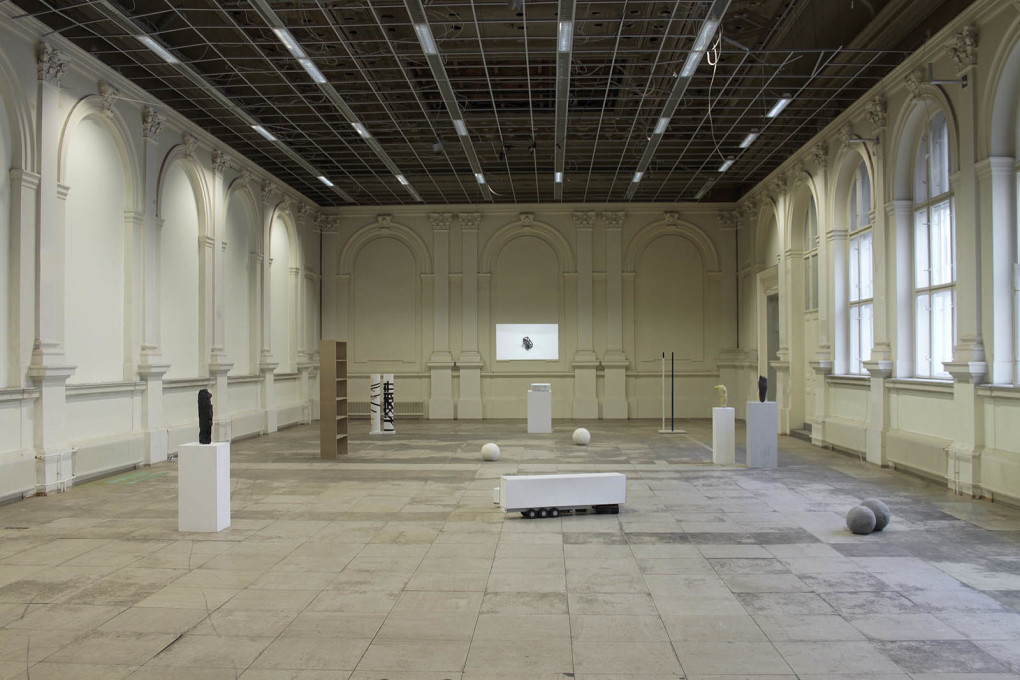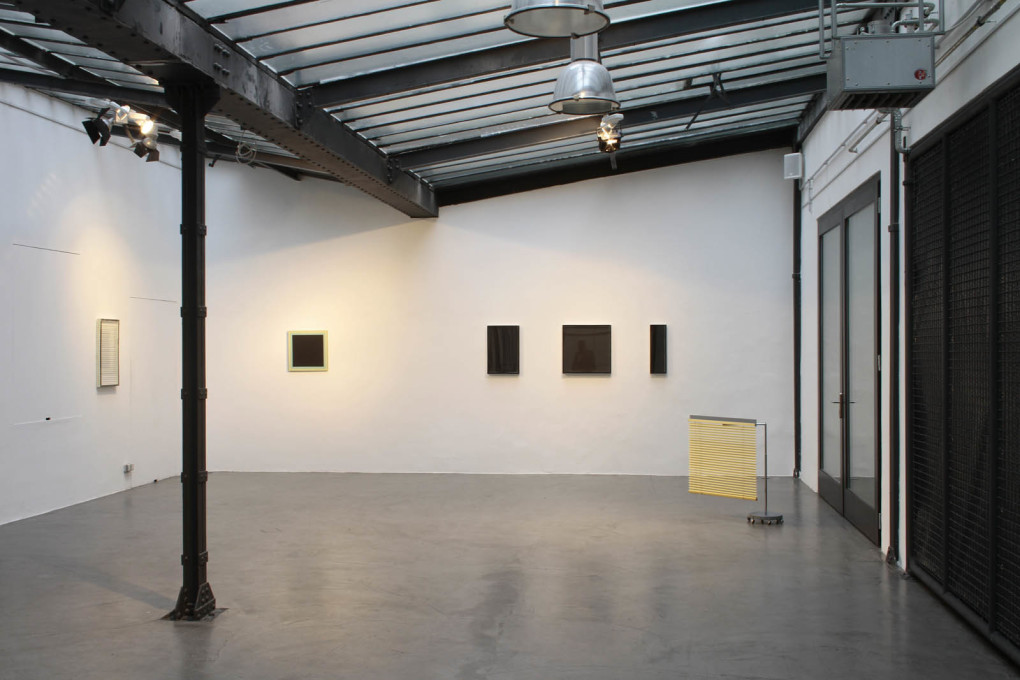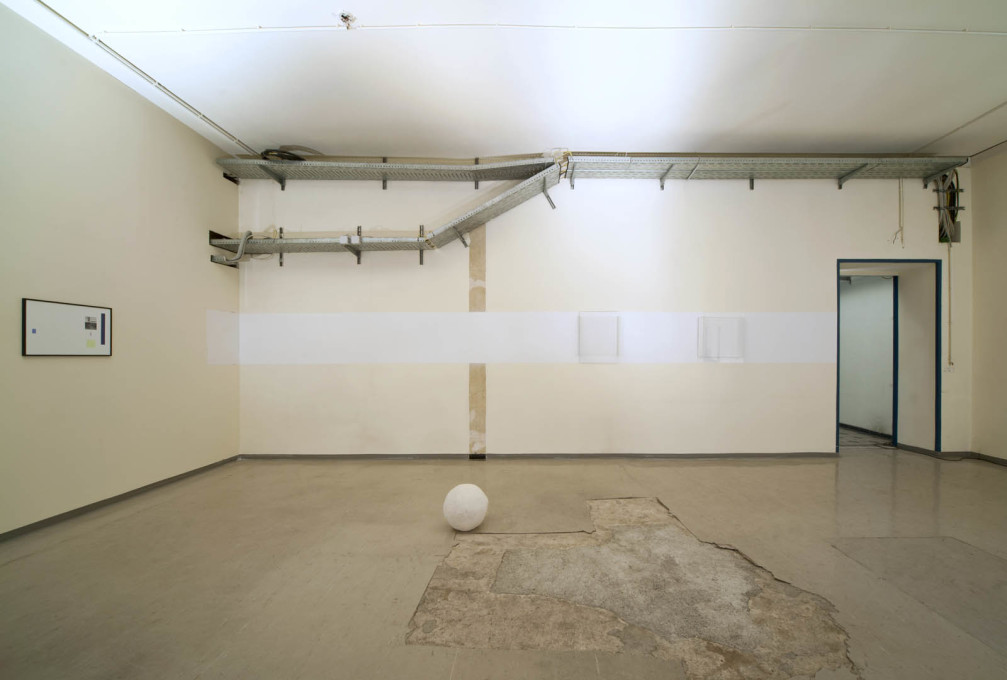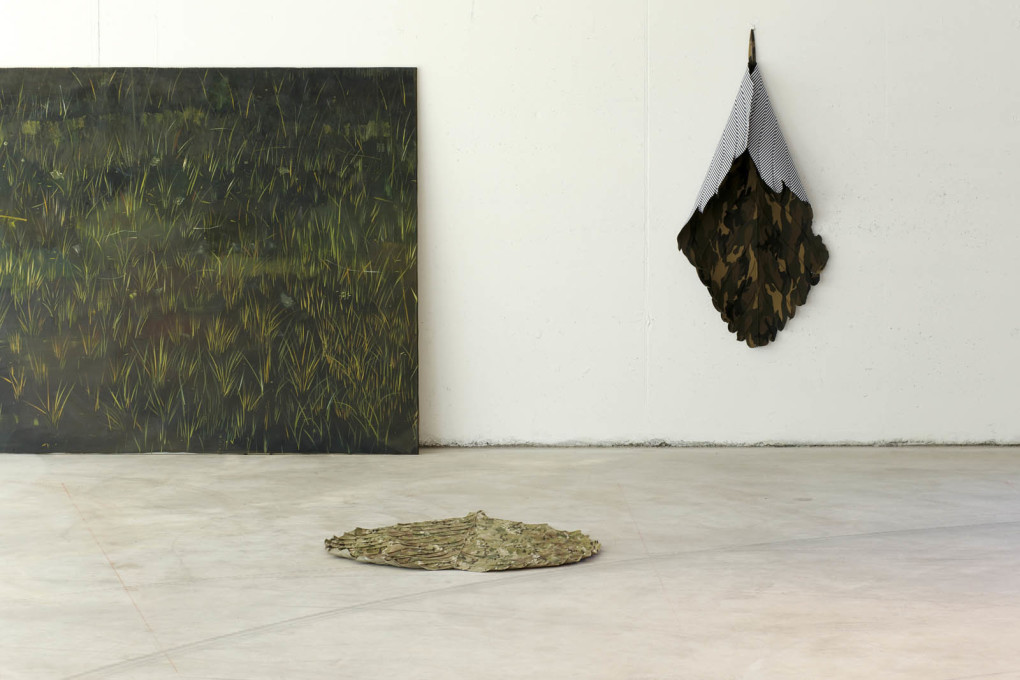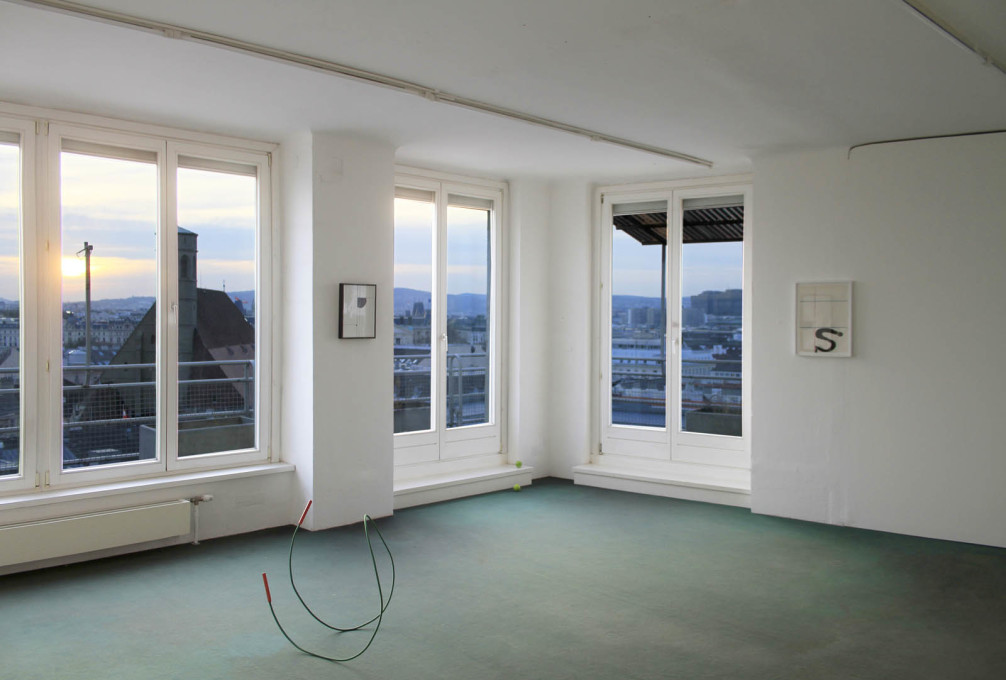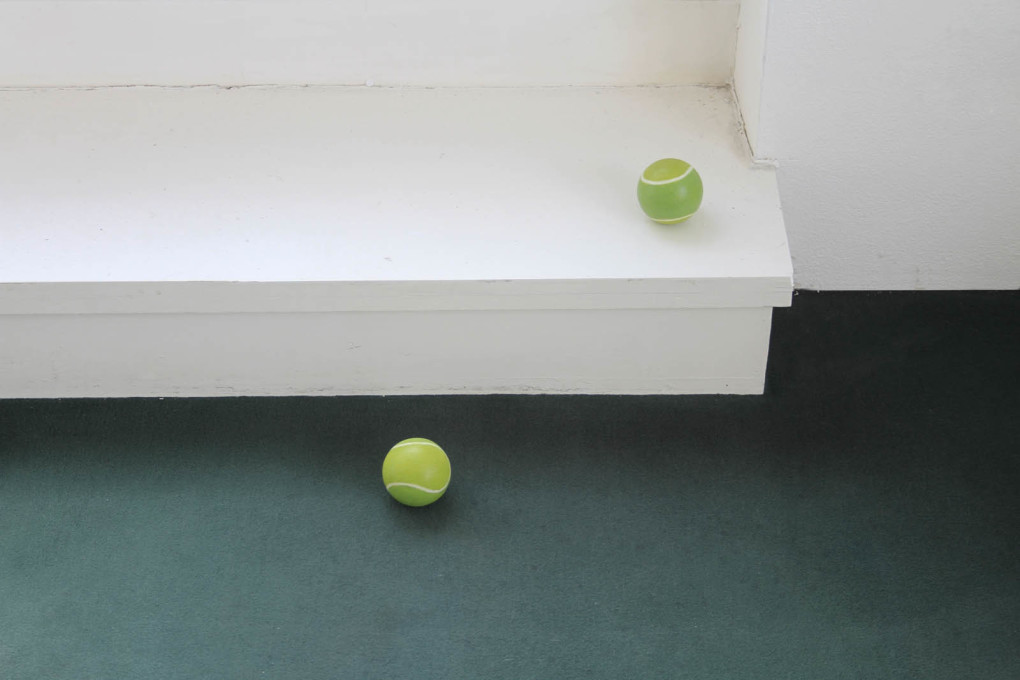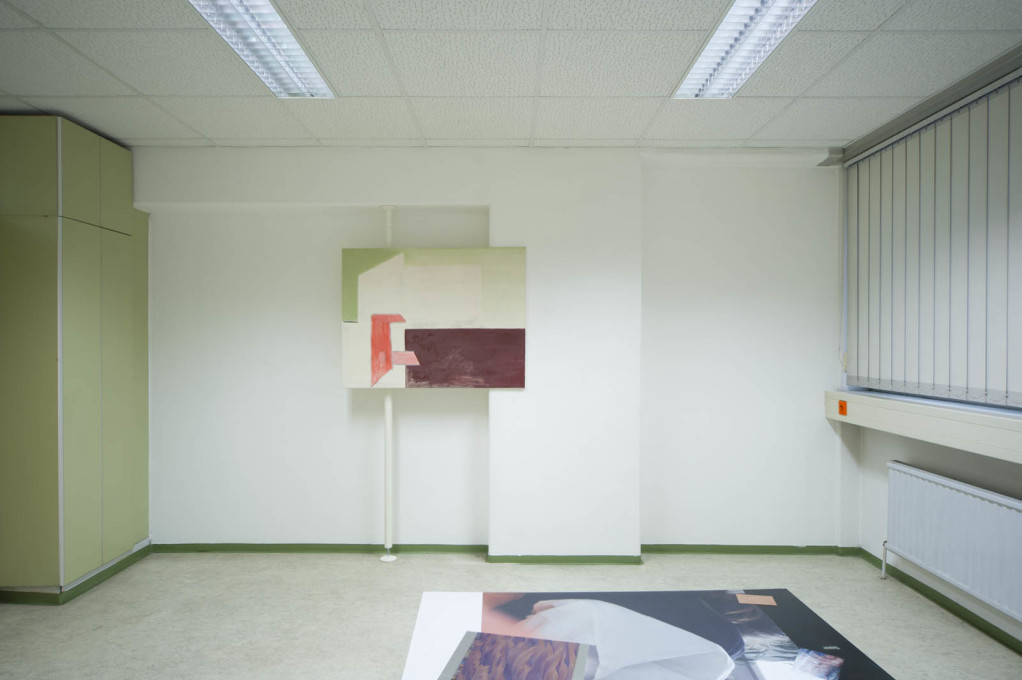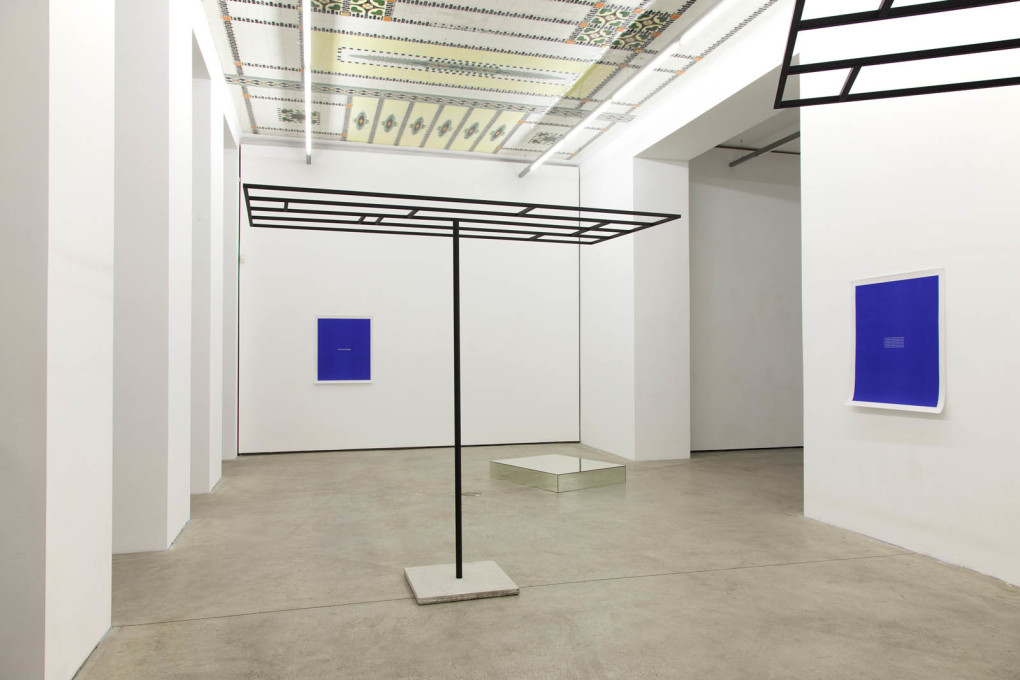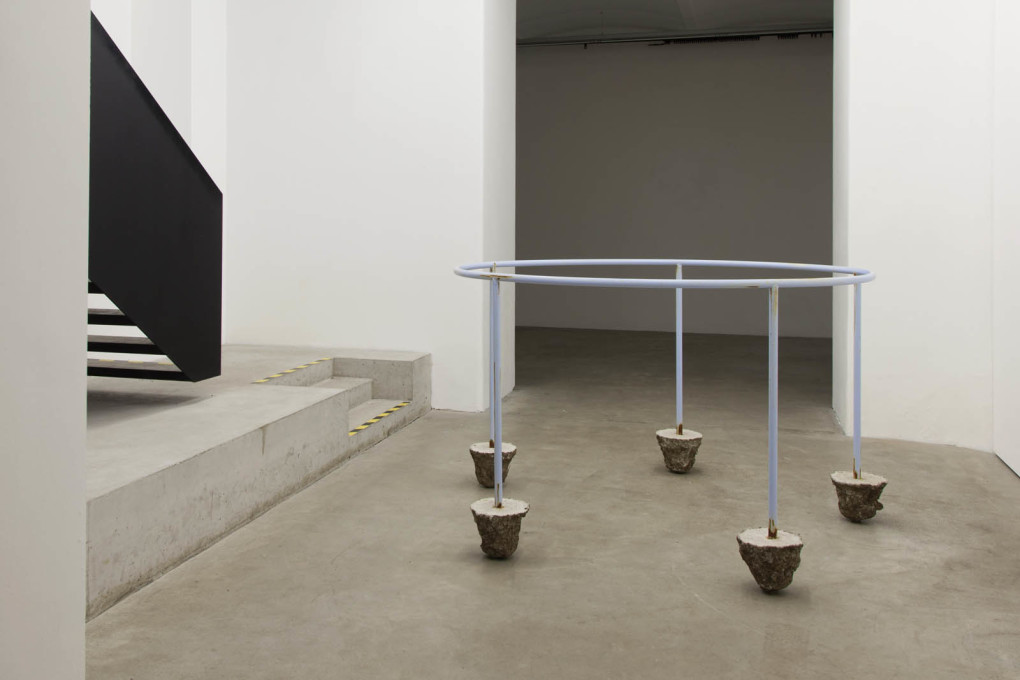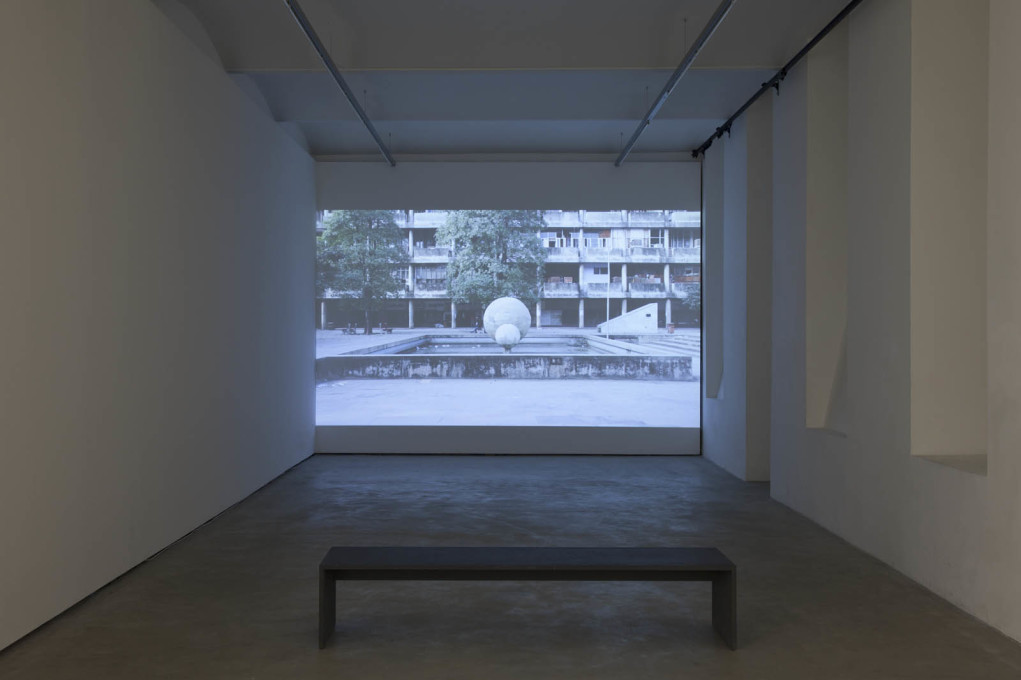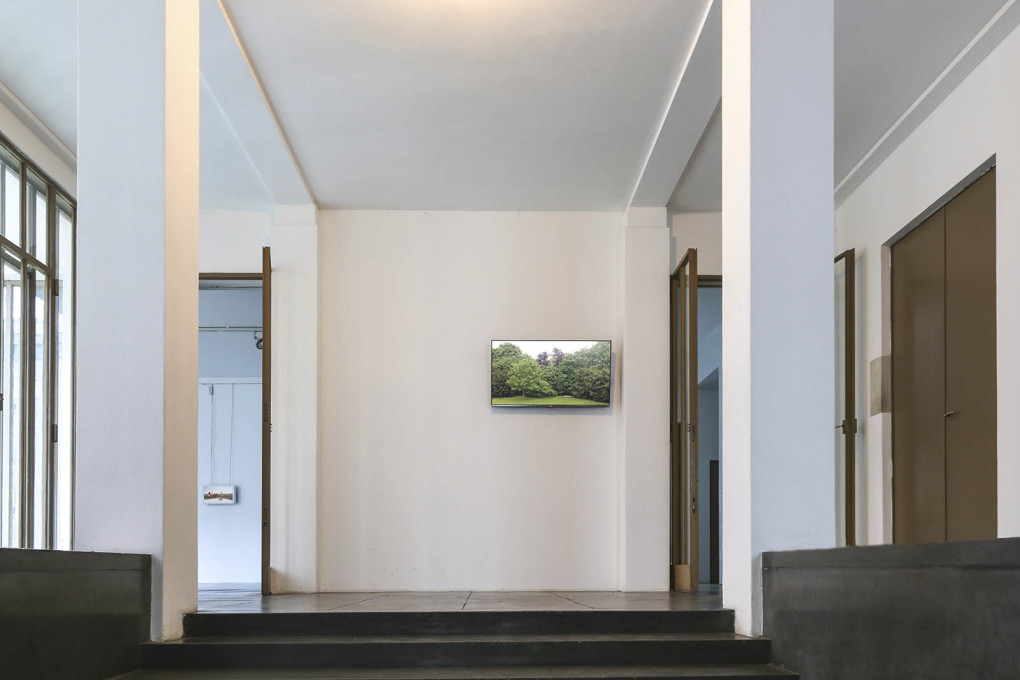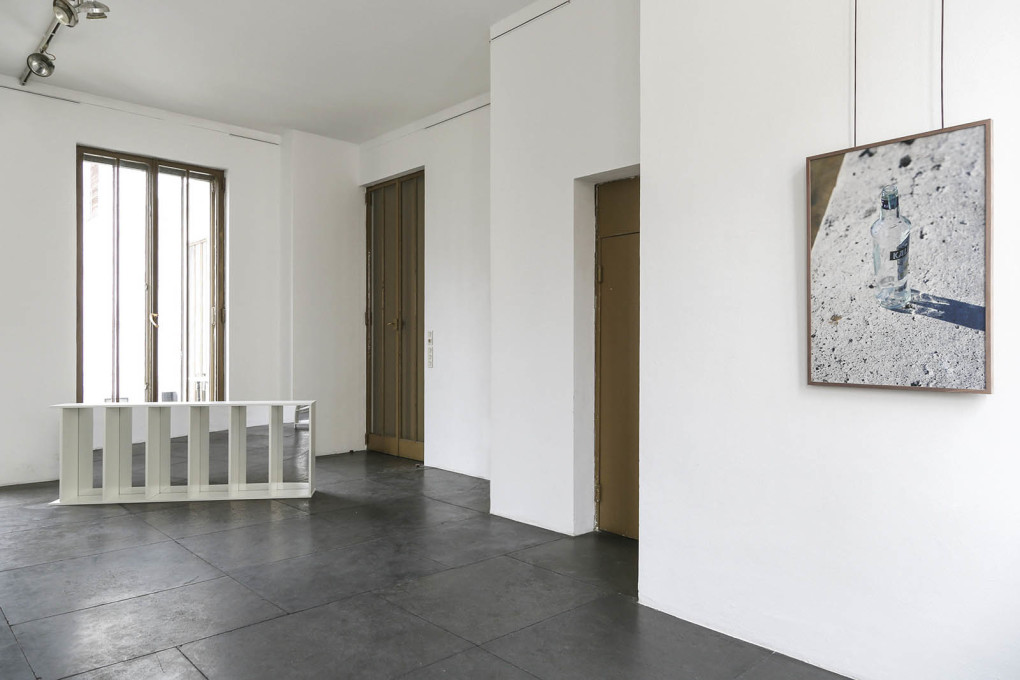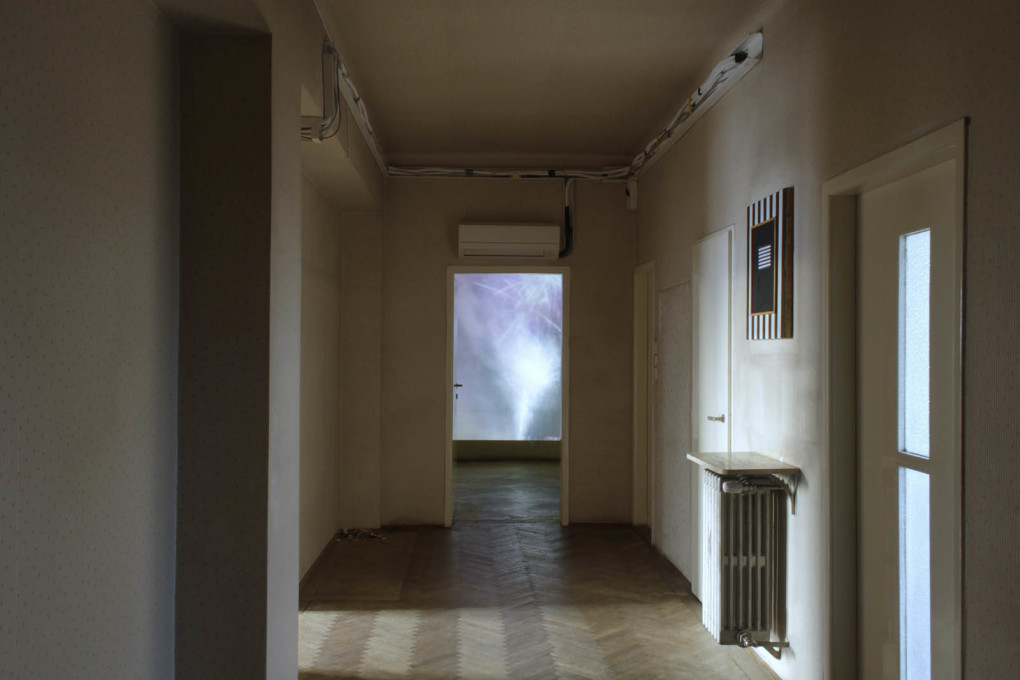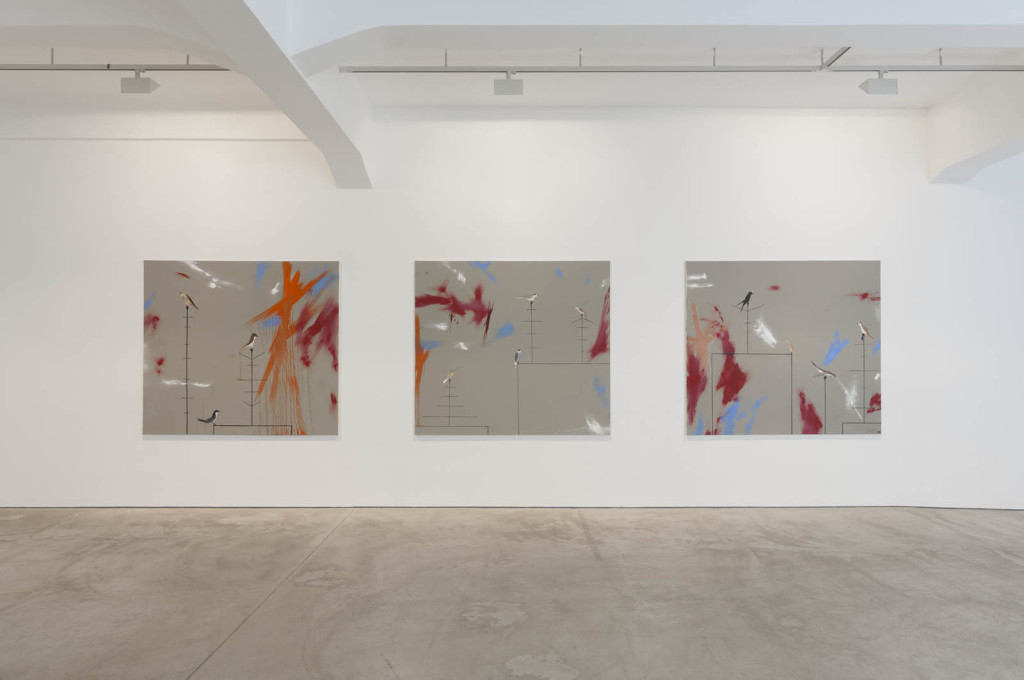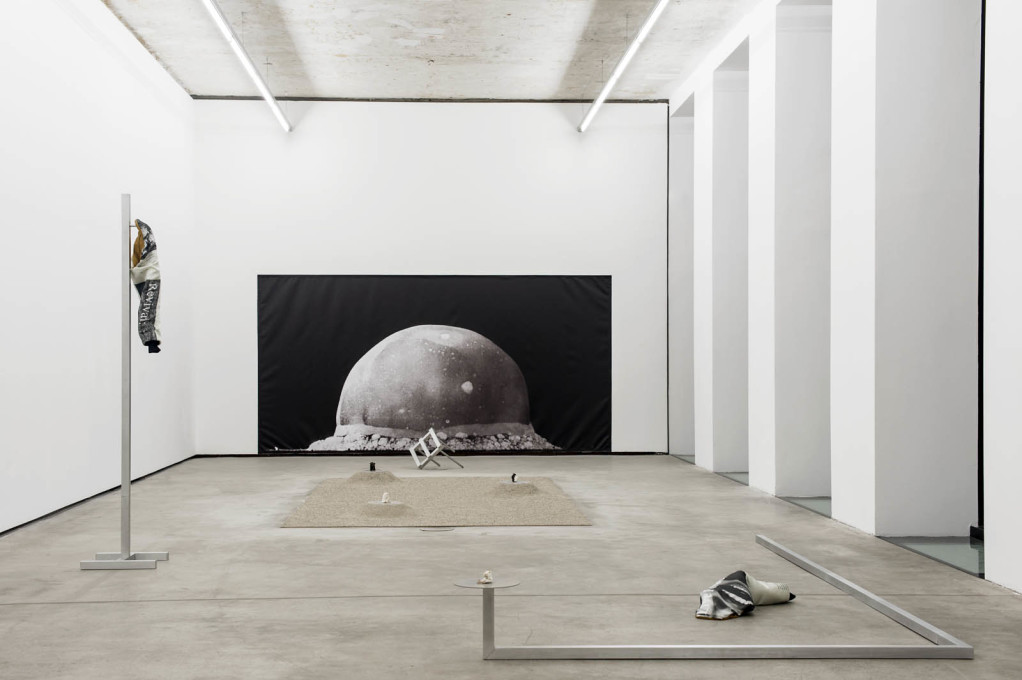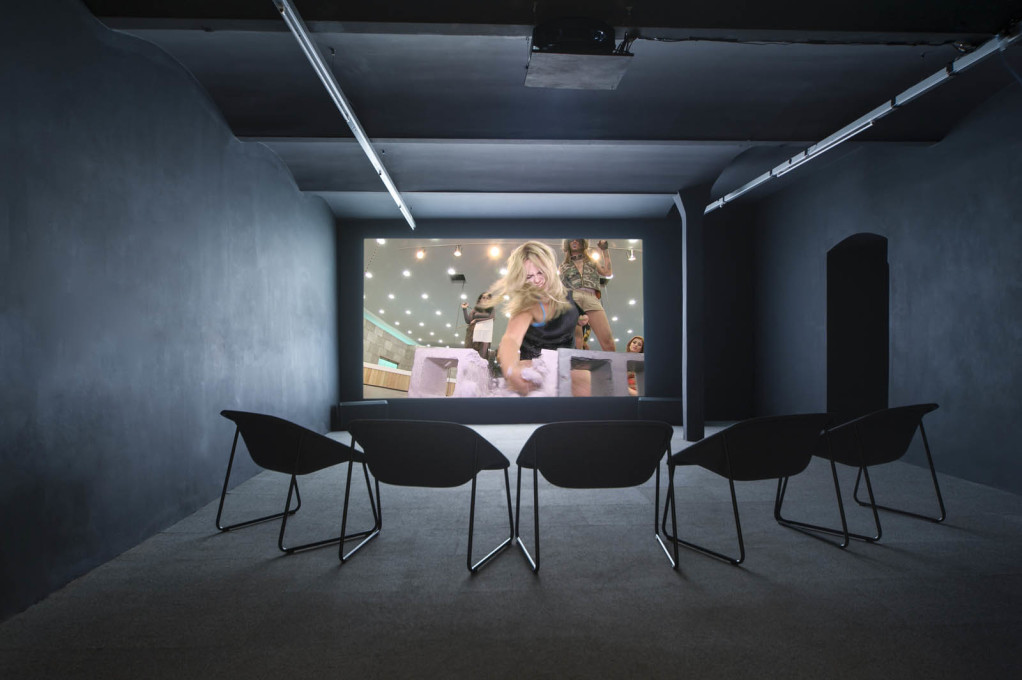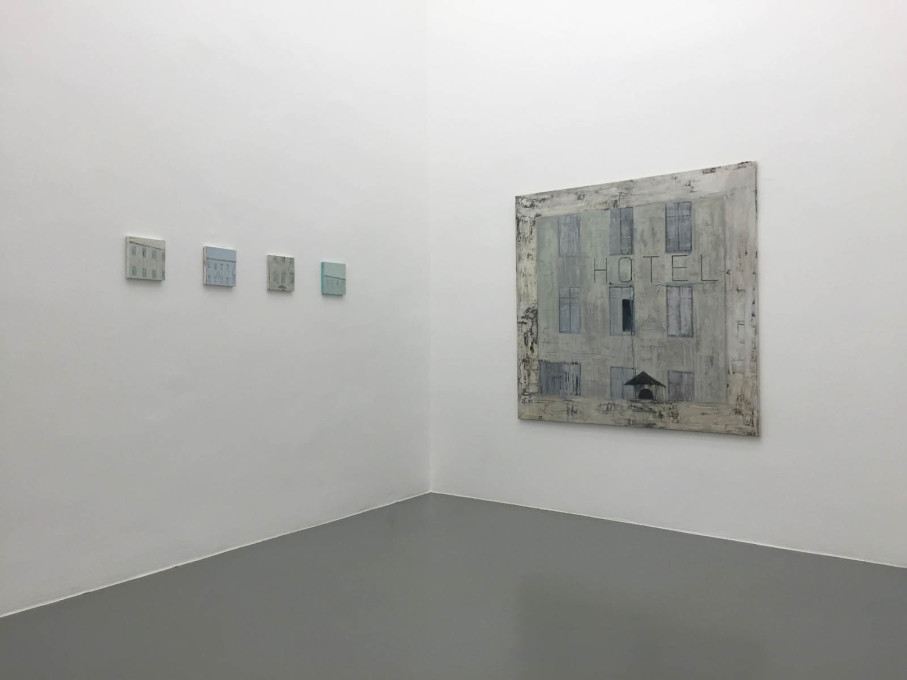Everybody wants to be an architect, right? Wrong. Believe it or not a few would-be-Rems get distracted along the road to concrete kudos and fall into new lines and patterns of work. In this series, in collaboration with our colleagues at Baunetz, we trace the careers of a few architects gone rogue. Allow us to present the Architecture Defectors...
The third and final defector in our series is curator Cornelis van Almsick. After studying architecture with Zaha Hadid in Vienna and completing his degree at the TU Berlin in 2007, van Almsick’s passion for photography led him to put on his own exhibitions and, unexpectedly, he found himself enjoying the curating as much as the shooting. Since devoting himself to entirely to curating, van Almsick has put his architectural training to good use by transforming unconventional spaces across Vienna into gallery settings. Sophie Jung gets the lowdown on changing fields, adapting spaces and confronting the white cube.
You worked for years as an architect before starting to curate exhibitions in 2012. Why the switch?
I always enjoyed taking photographs. When I was in Los Angeles from 2008 to 2010 I shot several series. At the end of 2010 when I was back in Vienna, I showed them in various exhibitions. At the end of 2011 I organised my own show, “Hardly Anything” and in the process found that the dual role of being artist-curator of one’s own art was not one that suited me. But I did enjoy the curating and organising of the exhibition. After that I continued to curate exhibitions and the work steadily increased, as did the size and duration of the exhibitions until I curated my first institutional show at the Hundertwasser Museum, part of KunstHausWien.
So the exhibition of your own works was the first step in you becoming a curator. Did you realise it at the time?
That exhibition was indeed a “crossroads” moment; it was then that I made a conscious decision to give up photography in order to work curatorially.
Changing fields often requires learning a whole new set of rules when it comes to bureaucracy and funding – did you find it difficult to convince others to support and fund your work as a curator?
I started out financing many of the exhibitions myself as I didn’t want to get involved with the bureaucracy of applying for art exhibition funding. Somehow there was always a way to make the projects happen. Either the artists brought their own funding or it came from the project spaces or from myself. Initially I did everything alone: I transported and hung the works, took the exhibition photographs and wrote the press releases. As things became more complex, my wife Magdalena Zeller came on board. I couldn’t have done it all without her.
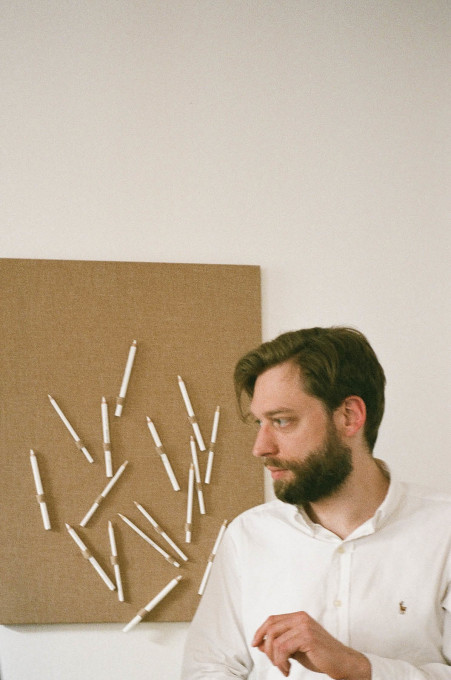
Apparently it worked: you became a full-time freelance curator in 2014.
Yes, I did it full time for a year – which was financially not very easy. I got a sense of how artists feel if they haven’t yet made a name for themselves. Since then, I’ve had the greatest respect for them as it can take quite a while to establish oneself as an artist.
And you still wanted to do it?
Well, things have taken a different turn and now I’m the director of the Vienna branch of Galerie Crone in Berlin. Markus Peichl, the managing director of the gallery, noticed my work in Vienna. In May 2015, at his request, I curated an exhibition of Austrian artists in Berlin, which included the emerging painter Michael Fanta. My task now is to establish Galerie Crone’s branch in Vienna which has been open since August.
How much is architecture still evident in your exhibitions?
I’ve had to adjust to a new space with nearly every project I’ve done. In Vienna I worked in very different places, from 1960s office buildings to 19th century factory halls, either as temporary space or as official exhibition venue. As an architect it’s easier for me to adjust to new spaces than it might be for classically trained art historians. I can view a plan, visualise the space and quickly imagine how it will look with the art works arranged within the room or mounted on the walls.
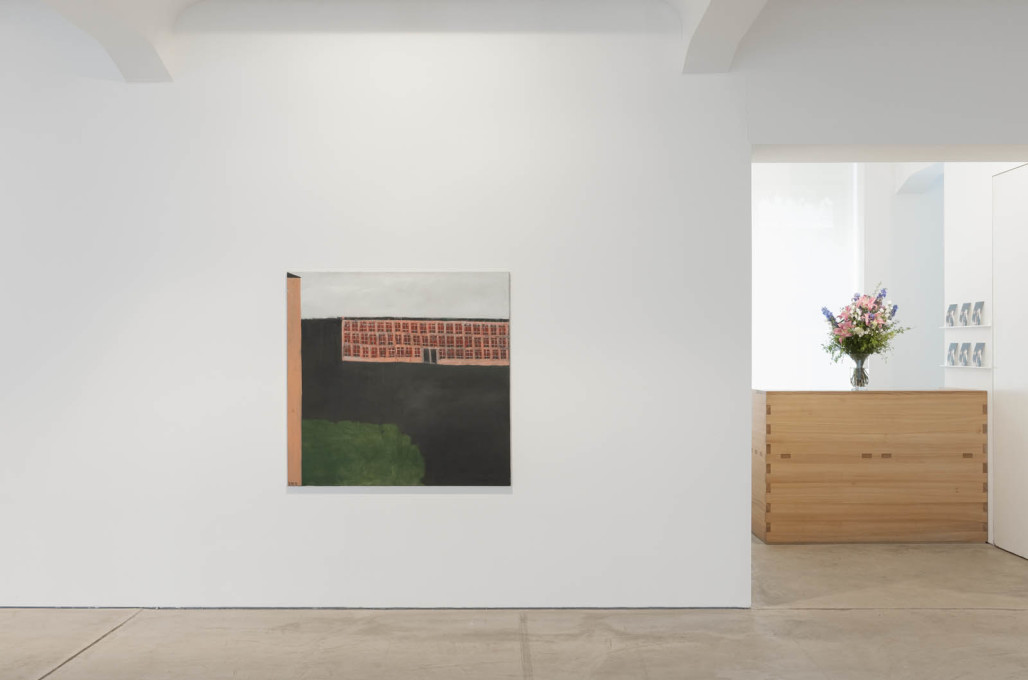
You have often curated shows in places that are quite different from the classic white cube space. You filled five floors of an old building near Berlin’s Friedrichstrasse, for example, that was part ruin, part construction site. Are exhibitions a way for you to explore locations like this?
The exhibition in Friedrichstrasse was done in close collaboration with Markus Peichl, who happens to be the son of architect Gustav Peichl. As for exploration: you could say that I’ve appropriated places through art, especially working with sculptures and installations that interact strongly with the space.
After so many independent projects in different – and difficult – places, what’s it like to now be working with a “polished” gallery space?
The gallery premises, which were converted by Gregor Eichinger, are interesting; there are four separate but interconnected rooms. It’s not always easy to fill them, but the configuration does engender interesting situations from a curatorial and an architectural standpoint. For example, we had Hanne Darboven’s “Book of Hours” hanging in the entrance room of the gallery. It was hung across all four walls, taking up the entire space for as if it were made for it.
Do you enjoy having that kind of spatial challenge as part of the equation?
Absolutely, I think it’s wonderful to work with a gallery space where you are not simply confronted by a white cube.
You have enjoyed rapid success with your exhibition projects – but doesn’t part of you still want to be an architect?
In principle, yes. After high school I thought about pursuing art but I enjoyed studying architecture and had always wanted to work as an architect. However, an architect’s day-to-day work involves a lot of overtime, mainly due to the tight budgets imposed by project developers and excessive regulation by the authorities. I think that I’ve now found a very good way to make use of my experiences as an architect, so: “non, je ne regrette rien!”
– Sophie Jung works as freelance journalist and author in the fields of architecture, art and design. She co-founded the Berlin Art Prize and has worked as an editor at Baunetz since 2015
Further reading: Revisit the rest of the defectors; filmmaker Ben West (he's no “Fish Out of Water”) and DJ Claus Voigtmann (who dared to imagine a “Life Without Buildings”).




